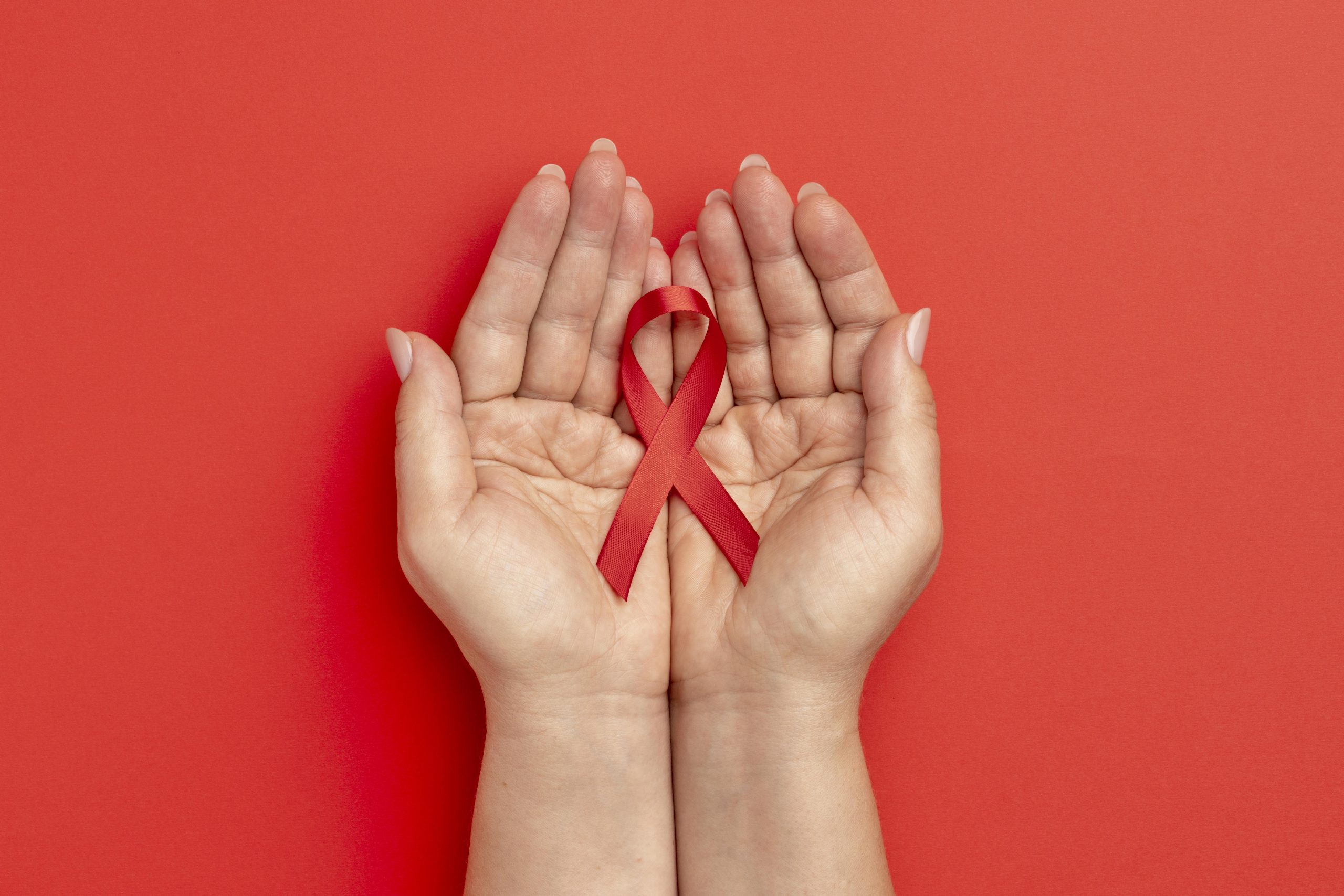

A team of infectious diseases experts from Global Health Impact Group, collaborating with a Swiss doctor, discovered evidence indicating patients infected with the HIV virus who have a viral load of less than 1,000 cpy/mL had a minimal risk of transferring the disease to a sexual partner.
Laura N. Broyles, Robert Luo, Debi Boeras, and Lara Vojnov evaluated multiple research aiming to learn more about the chance of transferring HIV to a sexual partner during a 12-year period in their study, which was published in The Lancet. In the same journal issue, Philip Smith, Linda-Gail Bekker, and Ntobeko A B Ntusi published a Comment piece describing the impact of the Swiss National AIDS Commission’s controversial claim in 2008 that HIV patients adhering to standard antiretroviral therapy do not pose a risk of disease transmission—they also discuss the team’s work on this new effort.
Contracting HIV/AIDS was virtually always fatal in the early days of the epidemic. Since then, medical researchers have found a number of medications to treat HIV patients—it is still not curable, but it is treatable. The present treatment is known as antiretroviral therapy (ART), and its purpose is to reduce viral load—those with a low viral load have few or no symptoms.
However, the question of whether they are infectious has remained unanswered. In this new study, the researchers examined the findings of eight previous studies to establish the amount of risk for sexually active couples in which one spouse is infected but the other is not. The studies were conducted from 2010 to 2022 and comprised 7,700 couples from 25 different nations.
The researchers discovered 323 infections in their analyses, with 80% of those involving infected partners with load levels of at least 10,000 cpy/mL. However, only two of those cases involved individuals with load levels less than 1,000 cpy/mL. None happened when the infected partner’s load level was less than 200 cpy/mL.
According to the research team, there is very little danger of transmission for those with loads between 200 and 1,000 cpy/mL and almost no risk for people with loads less than 200 cpy/mL.
more recommended stories
 E-Cigarette Use and Heart Attack Risk in Former Smokers
E-Cigarette Use and Heart Attack Risk in Former SmokersKey Takeaways for Clinicians and Nurses.
 36-Week Pre-eclampsia Screening May Reduce Term Risk
36-Week Pre-eclampsia Screening May Reduce Term RiskA New Preventive Strategy for Term.
 Cardiovascular Risk and Sudden Cardiac Death in Diabetes
Cardiovascular Risk and Sudden Cardiac Death in DiabetesRising Sudden Cardiac Death (SCD) Risk.
 Poor Kidney Function and Alzheimer’s Biomarkers Explained
Poor Kidney Function and Alzheimer’s Biomarkers ExplainedPoor kidney function may influence levels.
 Walking Speed Before Hip Replacement Predicts Recovery
Walking Speed Before Hip Replacement Predicts RecoveryNew Evidence Points to a Simple,.
 Neuroblastoma Drug Combo Extends Survival in Models
Neuroblastoma Drug Combo Extends Survival in ModelsA Promising Shift in High-Risk Neuroblastoma.
 How Soybean Oil Impacts Weight Gain and Metabolism
How Soybean Oil Impacts Weight Gain and MetabolismWhy Soybean Oil May Affect Metabolism.
 Coffee and Cognitive Function: Evidence Review
Coffee and Cognitive Function: Evidence ReviewA new narrative review in Cureus.
 Colorectal Cancer Screening Rates Low in Adults 45–49
Colorectal Cancer Screening Rates Low in Adults 45–49Recent UCLA research reveals that colorectal.
 Gut Immune Cells and Long-Lasting Antiviral Protection.
Gut Immune Cells and Long-Lasting Antiviral Protection.Breakthrough Findings on How Gut Immune.

Leave a Comment